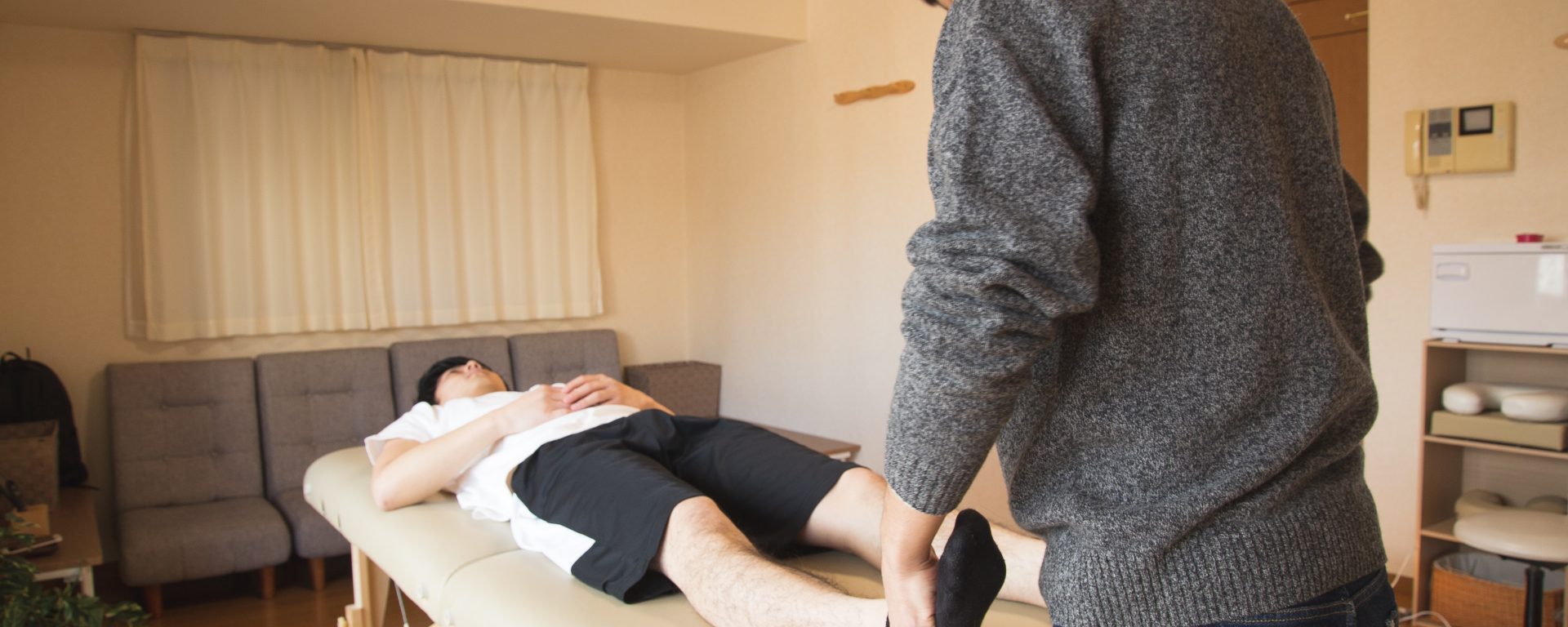In 2004, Shamus, et. al., conducted the study. The aim of this clinical trial was to evaluate the efficacy of two conservative intervention approaches for functional hallux limitus.
Metatarsophalangeal joint (MPJ) sprains are a prevalent issue, often leading to persistent pain and restricted range of motion (ROM) due to bony proliferation and articular degeneration. Effective interventions are crucial for reducing pain and restoring function in individuals with functional hallux limitus.
Twenty individuals experiencing first MPJ pain, limited motion, and weakness participated in the study. All participants received a standardized treatment regimen including whirlpool therapy, ultrasound, first MPJ mobilizations, stretching exercises for the calf and hamstring muscles, marble pick-up exercises, cold therapy, and electrical stimulation. Additionally, ten participants (experimental group) underwent sesamoid mobilizations, flexor hallucis strengthening exercises, and gait training. The interventions were administered three times a week for four weeks. Measurements of first MPJ extension ROM, flexor hallucis strength, and subjective pain levels were recorded at the initial and final visits.
Following the completion of 12 therapy sessions, the experimental group demonstrated significantly greater improvement in MPJ extension ROM and flexor hallucis strength, along with notably lower pain levels compared to the control group (P<.001).
These findings underscore the importance of incorporating sesamoid mobilization, flexor hallucis strengthening exercises, and gait training into the treatment plan for individuals with functional hallux limitus. This suggests promising avenues for enhancing pain management and functional recovery in affected patients.
Reference: Shamus, J., Shamus, E., Gugel, R. N., Brucker, B. S., & Skaruppa, C. (2004). The effect of sesamoid mobilization, flexor hallucis strengthening, and gait training on reducing pain and restoring function in individuals with hallux limitus: a clinical trial. Journal of Orthopaedic & Sports Physical Therapy, 34(7), 368-376.
